Tourist Places in Udaipur
Udaipur, known as the "City of Lakes" in Rajasthan, has earned a reputation as the most romantic city in India for its picturesque lakes and opulent palaces. It's no surprise, then, that the famed lakes and palaces top the list of tourist places in Udaipur. To fully experience the city's enduring royal ambiance and beauty, visitors can walk the ghats, explore the City Palace complex, and take a sunset boat ride on Lake Pichola. For a unique dining experience, the popular Millets of Mewar restaurant in the Hanuman Ghat area serves healthy, organic, and affordable meals made with millet, a tasty and nutritious grain. Both international visitors and locals will enjoy the fresh, flavorful cuisine.
Place to Visit in Udaipur
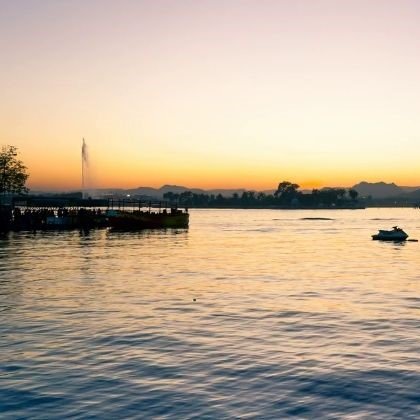
Fateh Sagar lake
Fateh Sagar Lake, nestled in the city of Udaipur in the Indian state of Rajasthan, is considered the crown jewel of the famed "City of Lakes." In the center of Fateh Sagar Lake lies Nehru Park, a charming garden oasis.
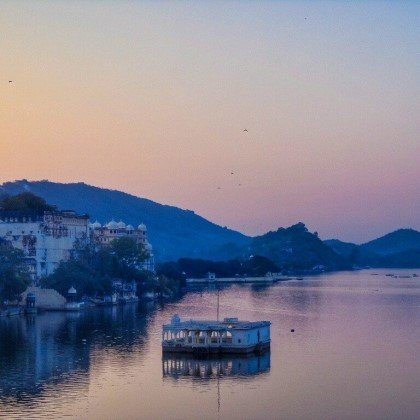
Pichola Lake
Lake Pichola is an artificial freshwater lake in the Indian city of Udaipur, Rajasthan. It's one of the best place to visit in Udaipur, and is known for its scenic beauty.
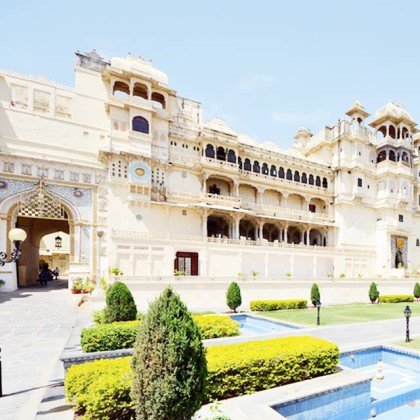
City Palace
The City Palace, a grand palace complex built by Maharana Udai Singh, embodies majestic splendor. This sprawling complex comprises numerous buildings with towers, balconies, and cupolas constructed throughout.

Ambrai Ghat
Overlooking Lake Pichola, the Ambrai Ghat provides photographers with beautiful views of the City Palace and Lake Palace. Situated on the bank of the lake, this picturesque ghat offers an exclusive vantage point to capture the two palaces across the serene waters.
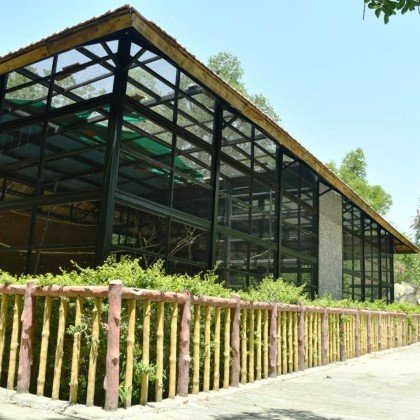
Gulab Bagh
Covering over 100 acres, Gulab Bagh, also known as Sajjan Niwas Garden, is the largest garden in Rajasthan. Originally built in the 1850s at the initiative of Maharana Sajjan Singh, this sprawling garden is renowned for its numerous varieties of roses.
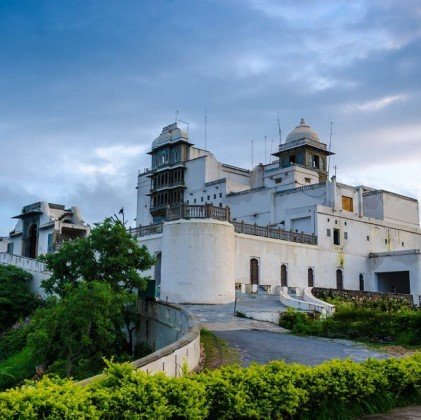
Monsoon Palace
Perched high on a hill above Udaipur, the Monsoon Palace overlooks the city below. As the name suggests, the palace was a favored retreat for the Mewar royal family during monsoon season until it was placed under government control.
